“I am a 45-year-old male and worry that I have too much sugar in my diet. I’ve certainly put on a few kilos of late. However, I get confused about what is sugar and what is not, when looking at food packaging, and whether brown sugar is better than white. Can you provide some clarity for me please?”
Suzie Sawyer, Clinical Nutritionist, answers.
This is a great question as many people are confused as to what constitutes sugar. Essentially sugar is sugar in all its forms. That means brown sugar is basically the same as white; its processing is just slightly different, but it still amounts to the same thing and its calorie load is equal.
The Glycaemic Index
To help your understanding and to assist with weight loss, using the glycaemic index is a good guide. The glycaemic index is essentially a measurement of how quickly foods are absorbed into the blood stream measured against glucose.
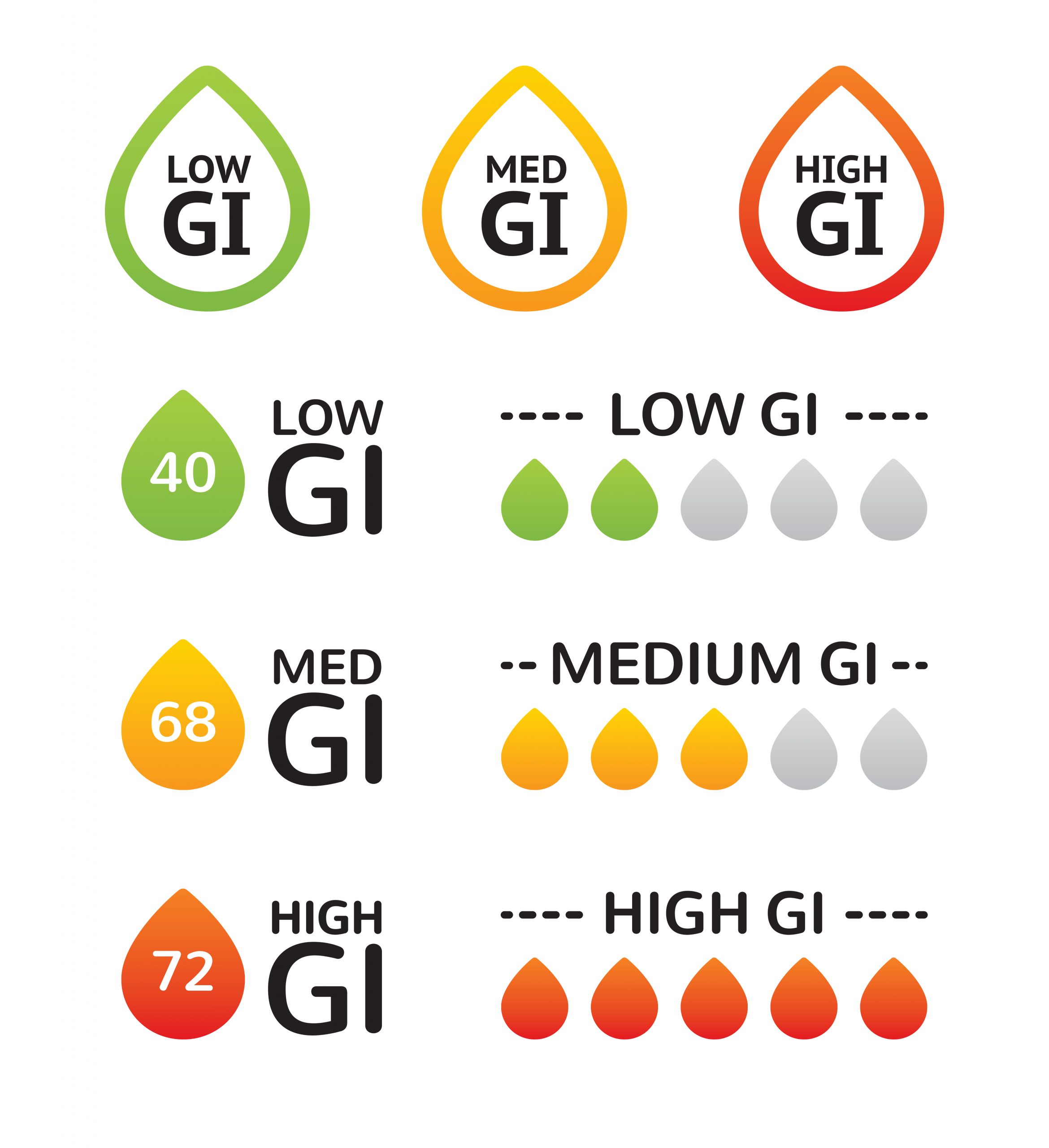
Glucose (sugar) is 100 on the index and foods such as beans, legumes, whole grains, meat, eggs, most vegetables, and other protein foods are in the low to mid-range. If foods are quickly absorbed into the blood stream, there will be a rapid rise in blood sugar which will cause an imbalance. Importantly, you will crave more sugar! Eating foods that keep blood sugars in balance (which includes all proteins) will also help keep everything in balance. High blood sugar levels will trigger storage into the fat cells making weight loss more difficult.
Types of sugar
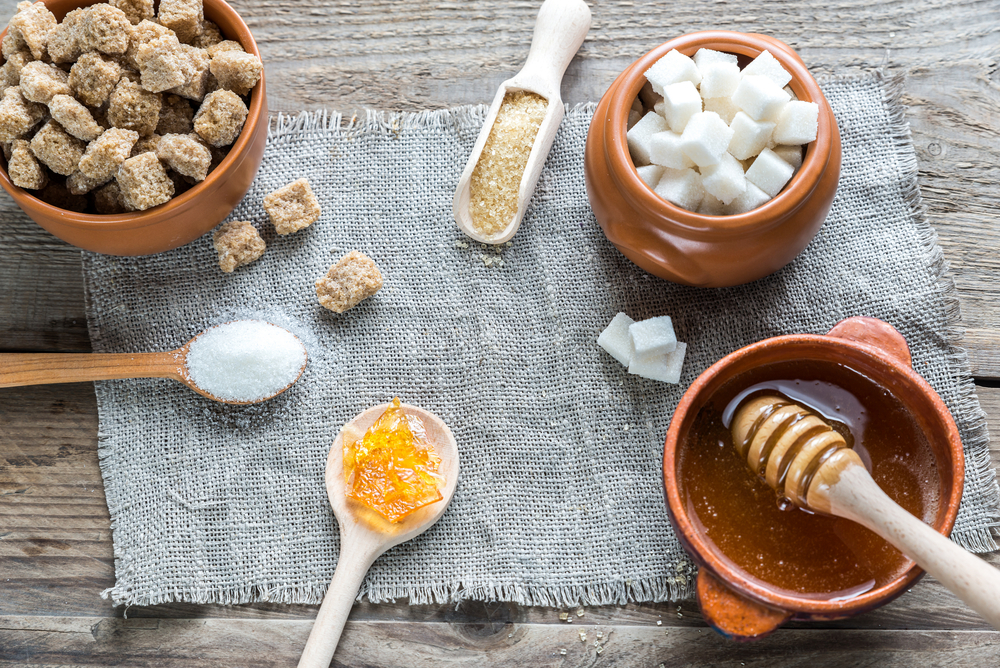
If we look at what constitutes sugar, then there are about 50 different types on packaging, which can make life very confusing. Anything ending in ‘ose’ is sugar, for example sucrose, dextrose, fructose, and lactose. Other common ingredients including agave syrup, corn syrup, honey, blackstrap molasses, maple syrup and cane sugar are all sugar. However, some do provide additional health benefits, for example, manuka honey.
How to reduce sugar intake
To reduce overall sugar intake, search for the glycaemic index online (readily available) which will help with your choices. And be sure to include plenty of the healthy foods I have suggested. Pre-packaged meals generally contain added sugars to improve their flavourings. Be wary also of artificial sweeteners, especially in low-fat foods. They still have an adverse effect on blood sugar levels and will further encourage cravings, even though their calorie content is negligible.

The obviously culprits are cakes, biscuits, pastries, some cereals and other sweet treats which are laden with sugar. For example, an average blueberry muffin could have over five teaspoons of sugar and a bowl of frosted flakes for breakfast may have over three teaspoons. Over a period of a week, this really amounts to eating a lot of sugar.
Clearly, everything is about balance and it’s also important not to have a life of denial either. Perhaps save your sweet treats for one day a week and be mindful of where else sugar is coming into your diet.

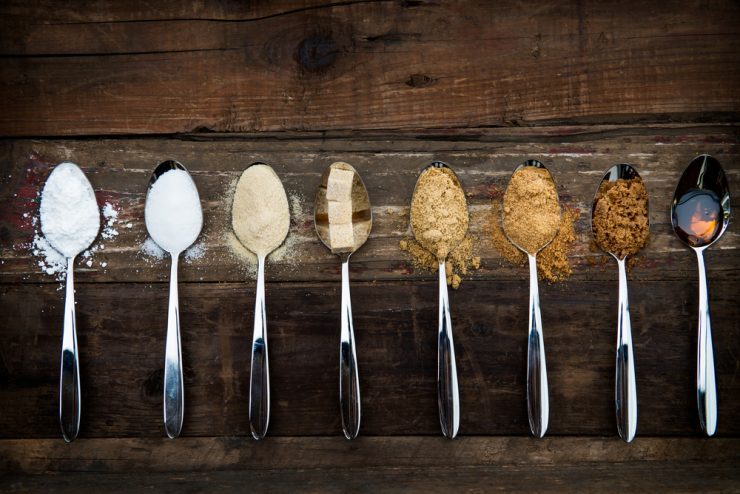

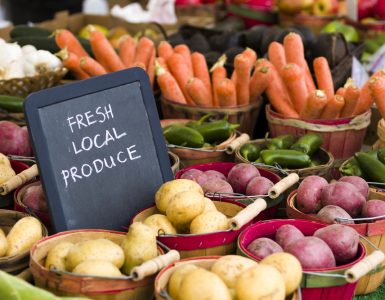


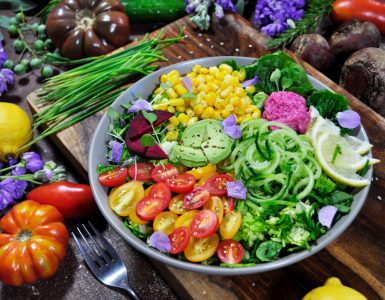

















Add comment